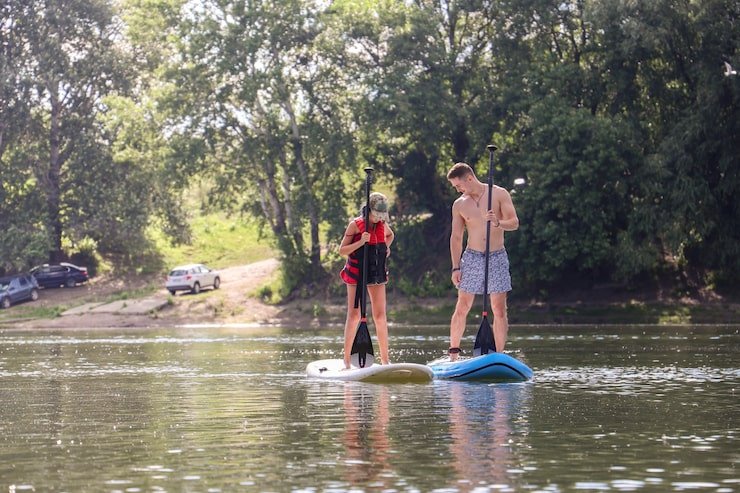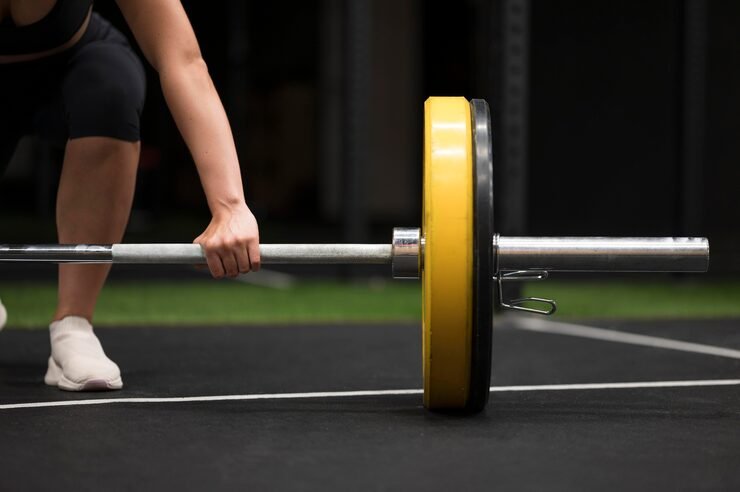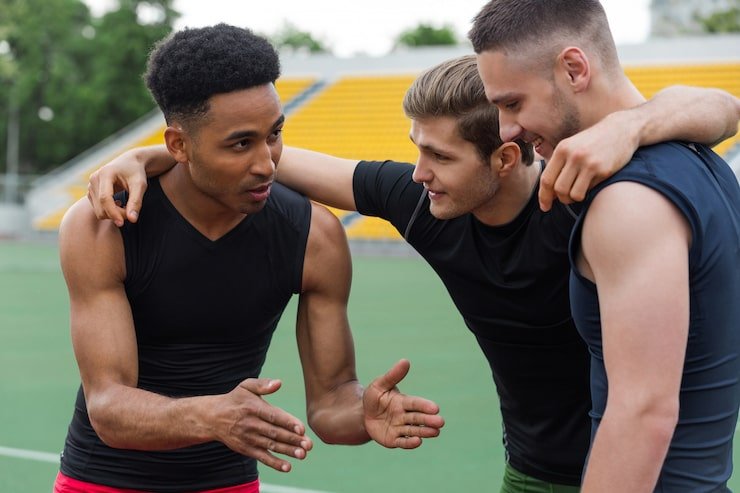Table of Contents
- Introduction
- What Are Waterway Sports?
- Popular Types of Waterway Sports
- 3.1 Kayaking & Canoeing
- 3.2 Rowing
- 3.3 Sailing
- 3.4 Jet Skiing
- 3.5 Paddleboarding
- 3.6 Fishing & Angling Sports
- 3.7 Waterway Triathlons & Adventure Races
- 3.1 Kayaking & Canoeing
- The Growth of Waterway Sports in the USA
- Health & Wellness Benefits of Waterway Sports
- Waterway Sports and Tourism
- Economic & Community Impact
- Safety Considerations for Waterway Sports
- Environmental Sustainability in Waterway Activities
- Future of Waterway Sports: Technology & Innovation
- How to Get Started in Waterway Sports
- Conclusion
- Top 5 FAQs
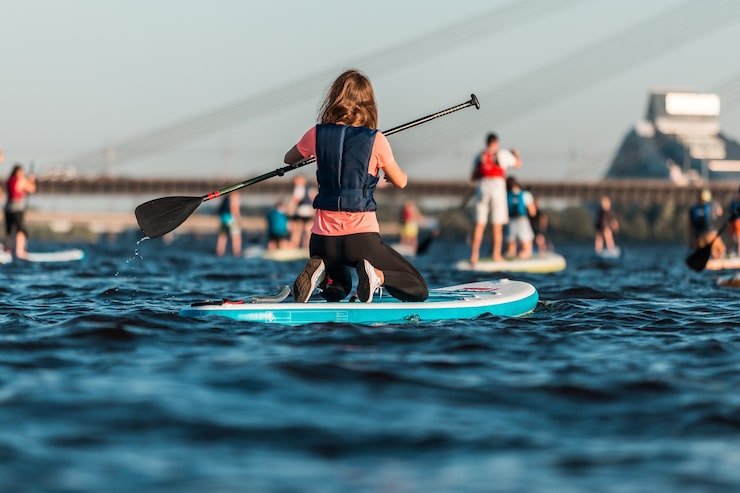
1. Introduction
From relaxing canoe excursions on picturesque rivers to exciting jet ski experiences waterway sports offer recreation and fitness with a connections to nature. All across in the United States, rivers, canals, lakes, as well as coastal waterways are a major part of the community, tourism, as well as individual health.
This article focuses on the waterslide sports world in relation to their forms and benefits to their social and economic impact.
2. What Are Waterway Sports?
Waterway sports are either recreational or competitive sports that occur on man-made or natural waterways like canals, rivers lakes, coastal zones. As opposed to diving and swimming in pools waterway sports, waterway sports focus on open-water areas and typically combine with endurance, adventure and involvement in the community.
3. Popular Types of Waterway Sports
3.1 Kayaking & Canoeing
Both competitive and recreational Canoeing and kayaking can be for beginners, and provide high-level competition for experienced athletes.
3.2 Rowing
A tradition-based sport rowing is a sport that combines endurance, teamwork and accuracy. Community clubs and universities throughout the U.S. thrive on rowing programs.
3.3 Sailing
For weekend regattas, whether competitive or vacations sailing is among the most famous water sports.
3.4 Jet Skiing
A popular sport in the lake and coastal areas, jet skiing is an adrenaline-pumping thrills with lower barrier to entry.
3.5 Paddleboarding
Stand-up paddleboarding (SUP) has gained immense popularity, as it combines fitness, balance and accessibility.
3.6 Fishing & Angling Sports
From bass tournaments and deep-sea events fishing is an enjoyable and sporting event on waterways that is competitive.
3.7 Waterway Triathlons & Adventure Races
Multi-sport events that combine paddling, swimming and running are starting to gain popularity across U.S. rivers.
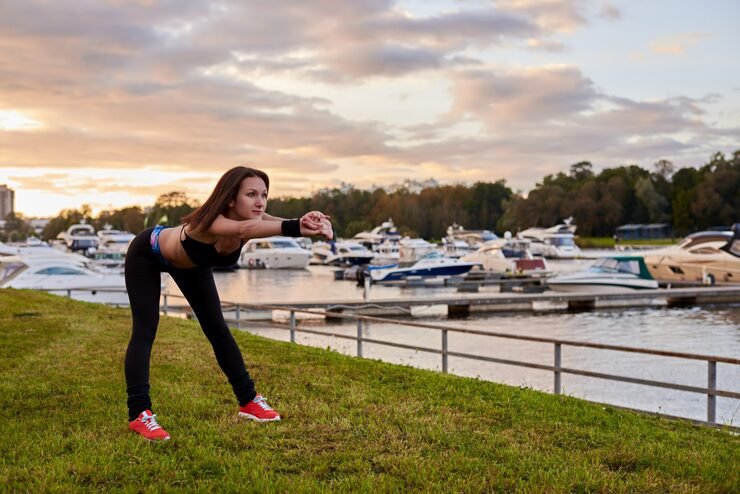
4. The Growth of Waterway Sports in the USA
According to reports on outdoor recreation that water sports participation has increased following the pandemic. Cities and counties are investing in the development of waterfronts to increase accessibility tourism, community health.
5. Health & Wellness Benefits of Waterway Sports
- Physical fitness: Increases the endurance of your cardiovascular system and increases muscle strength.
- Stress reduction: Improves mental health by allowing yourself to be in nature.
- Community engagement: encourages collaboration and social interaction.
6. Waterway Sports and Tourism
Tourism boards emphasize waterways activities as the most popular:
- Florida Keys for jet skiing & snorkeling,
- Great Lakes for sailing & kayaking,
- Colorado River for rafting & canoeing.
These sports help boost the hospitality industry and also create local jobs.
7. Economic & Community Impact
Waterway sports drive:
- Tourism for events (regattas or competitions),
- Equipment sales & rentals,
- Local community revitalization via the development of waterfronts.
8. Safety Considerations for Waterway Sports
- Wear life jackets, and wear protective equipment,
- Watch the weather and water conditions,
- Make sure you take a course in safety that is certified.
- Make sure you follow all boating and navigation rules.
9. Environmental Sustainability in Waterway Activities
As participation grows, so does responsibility:
- Reduce the amount of litter and plastics,
- Be respectful of wildlife and ecosystems.
- Help support eco-friendly waterways and tourism.
10. Future of Waterway Sports: Technology & Innovation
- Smart wearables to track performance,
- Green equipment (inflatable boards Solar boats),
- Virtual communities that connect waterway athletes around the world.
11. How to Get Started in Waterway Sports
- Begin by engaging in beginner-friendly activities (kayaking paddling, kayaking),
- Join local clubs or join county recreation programs.
- Rent equipment prior to investing in personal gear.
- Guided tours are a great way to get learning.
12. Conclusion
Waterway sports aren’t just recreational activities. They are a way to improve health, community and enriching the culture. From rowing and kayaking to paddleboarding and jet skiing, the waterways offer opportunities for all regardless of age or level.
In the years that it is the case that the U.S. invests in sustainable recreation and waterways Waterway sports will continue to flourish as a major component of wellness, tourism and outdoor adventures.
13. Top 5 FAQs
1. What are some examples of water-based sports?
Canoeing, kayaking, rowing and sailing, paddleboarding, jet skiing, fishing and more are among the top-rated activities.
2. Are water-based activities safe?
Yes, provided that the appropriate precautions are taken such as the use of life vests and certified training and weather monitoring.
3. What are the benefits of waterway sports?
They promote tourism, health engagement with communities, environmental awareness.
4. Where can I go to enjoy water-based activities throughout the USA?
Popular areas include areas like the Great Lakes, Florida Keys, California coast, and major rivers such as the Colorado and the Mississippi.
5. Do water sports require costly equipment?
It’s not always the case. A lot of clubs and rental companies provide affordable access to equipment and instruction.



